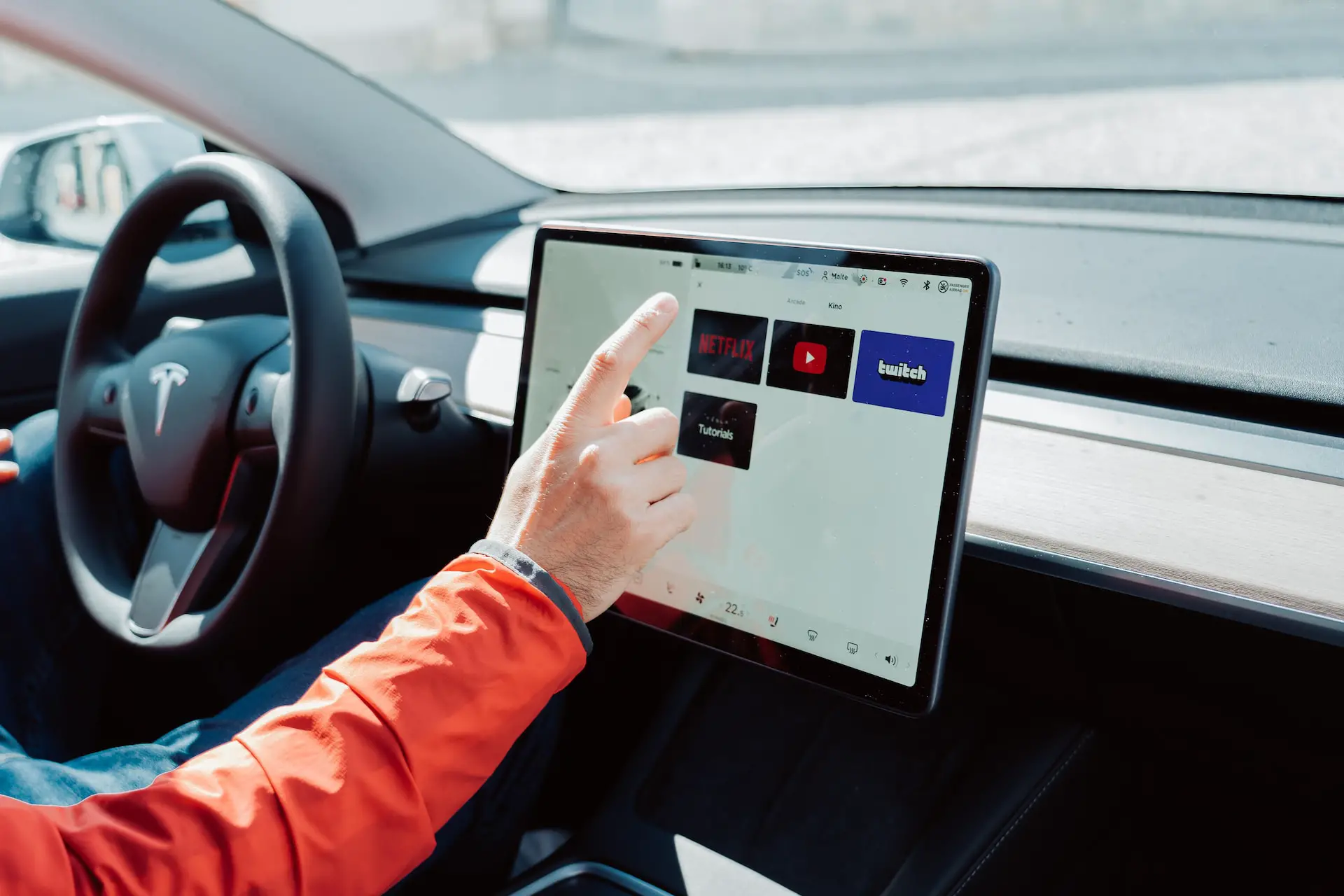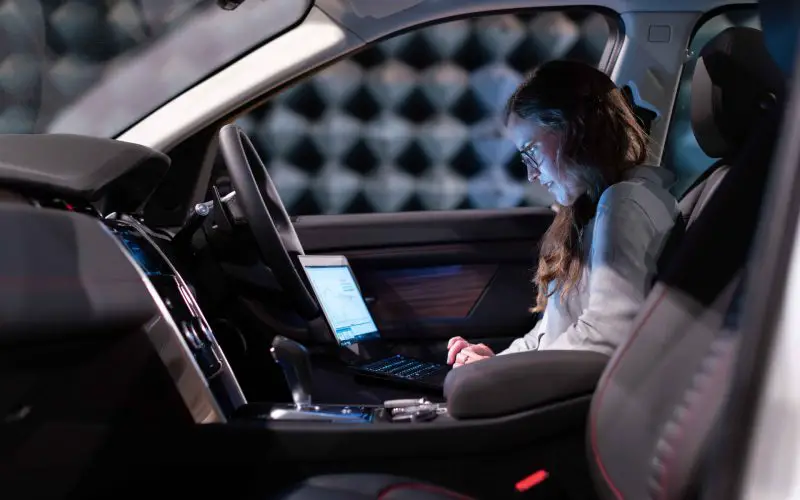Technology is constantly redefining how we approach daily life. From the way that we order food to the way that we communicate with those who are far away—innovation has truly changed humanity’s collective reality. And cars? They are not exempt from this process of evolution and change. Technology is transforming the automobile into an intricate safety system that crosses boundaries and continually works toward preventing accidents on the road.
Not only does this provide drivers with peace of mind as they go about their day-to-day journeys; but it also sets a promising industry standard for future car models moving forward. So if you’ve been wondering how car technology is impacting accident prevention today, then read on!
Collision Avoidance Technology
One of the most significant advancements in car technology in recent years is the development of collision avoidance systems. This technology uses radar, cameras, and other sensors to detect an upcoming obstacle, such as another vehicle, pedestrian, or an object on the road. An East Bluff, CA personal injury lawyer says that these systems have proven to be an invaluable asset in preventing car accidents and saving lives. The car will then alert the driver to the obstacle, usually with a sound or visual warning sign. If the driver does not respond within a certain amount of time, the system will automatically apply brakes or take other measures to avoid a collision.
Adaptive Cruise Control (ACC)
Adaptive Cruise Control is another critical safety feature resulting from the convergence of technology and car manufacturing. ACC utilizes sophisticated sensors and microcomputers to maintain a safe and steady distance from the vehicle ahead. When activated, it adjusts your car’s speed automatically, either slowing down or accelerating to keep a driver-set distance. This technology has been praised for its efficacy in reducing rear-end collisions, typically caused by human error in judging safe distances. With ACC, long drives on highways become less strenuous, and the likelihood of accidents due to fatigue or distraction significantly decreases.
Lane Departure Warning and Lane-Keeping Assistance
Lane Departure Warning (LDW) and Lane Keeping Assistance (LKA) systems are further examples of how car technology is bolstering road safety. LDW systems work by using cameras and sensors to monitor lane markings continuously. If the vehicle veers off its lane without a turn signal, the system warns the driver with visual, audio, or haptic alerts. On the other hand, the Lane Keeping Assistance goes a step further. If the driver fails to respond to the LDW’s alert, the LKA system can gently correct the steering, keeping the vehicle within its lane. This technology considerably reduces accidents caused by inadvertent lane departures, often due to driver fatigue, distraction, or loss of concentration.
Blind Spot Monitoring and Rearview Cameras
Continuing the safety tech lineup, Blind Spot Monitoring and Rearview Cameras have become a common feature in many modern vehicles. Blind Spot Monitoring systems utilize radar or cameras to detect vehicles, cyclists, or even pedestrians in the driver’s blind spots. When the system detects an obstacle, it warns the driver with a light in the sideview mirror or an audible alert. Some systems even go a step further by actively intervening if the driver attempts to change lanes when it’s unsafe.
Rearview Cameras, also known as backup cameras, offer a clear view of what’s behind the car. When the vehicle is shifted into reverse, the camera displays a live feed on the car’s center console, providing drivers with a clear, wide-angle view of any objects or people behind the vehicle. This technology is particularly beneficial in preventing accidents when parking or backing up. The adoption of these rearview cameras has led to a significant decrease in back-over accidents, enhancing safety for drivers and pedestrians alike.

Automatic Emergency Braking (AEB)
A further innovation in car safety technology is Automatic Emergency Braking (AEB). This advanced safety feature uses sensors and cameras to predict potential collisions. If a possible collision is detected, the system will alert the driver with visual and audio warnings. If there’s no response, the AEB system will automatically apply the brakes to prevent or mitigate the impact of the collision. AEB is particularly efficient in city driving, where stop-and-go traffic often leads to rear-end accidents.
The implementation of this technology has significantly brought down accident rates, protecting not only the vehicle occupants but also other road users. It’s no surprise that AEB is quickly becoming a standard feature in new cars, marking another milestone in the ongoing evolution of car safety technology.
Vehicle-to-Everything (V2X) Communication
Vehicle-to-everything (V2X) communication is the next frontier in vehicular safety, marking a significant leap forward in the integration of technology and transportation. V2X encompasses a range of communication systems that allow vehicles to communicate with all entities that may affect the vehicle, and vice versa. This includes communication with other vehicles (V2V), infrastructure (V2I), pedestrians (V2P), networks (V2N), and grids (V2G).
This innovative technology uses dedicated short-range communications, a type of Wi-Fi, to transmit and receive real-time information. It’s designed to prevent accidents by letting vehicles “talk” to each other and share their position, speed, direction, and other data to predict and avoid potential hazards. For instance, a vehicle could warn another of its intention to merge, allowing the second vehicle to adjust its speed or direction to prevent a possible collision.
In addition to improving road safety, V2X also holds promise for optimizing traffic flow, reducing fuel consumption, and enhancing the effectiveness of autonomous driving systems. Currently, the penetration of V2X technology in the market is limited, but it’s expected to be an integral part of future vehicles as it has the potential to drastically improve road safety and transportation efficiency.
The rapid advancements in vehicle safety technology demonstrate a promising future for road safety and transportation efficiency. Features like Forward Collision Warning, Adaptive Cruise Control, Lane Departure Warning, Lane-Keeping Assistance, Blind Spot Monitoring, Rearview Cameras, and Automatic Emergency Braking have significantly reduced the rate of accidents, protecting vehicle occupants and other road users. The emerging technology of Vehicle-to-Everything (V2X) communication, which allows for real-time exchange of crucial information between diverse entities, is a significant breakthrough in this field.
While currently, its market penetration is limited, it’s poised to play a central role in future vehicles, potentially revolutionizing our transportation systems. As these technologies continue to evolve, we inch closer to a safer and more efficient driving experience.







